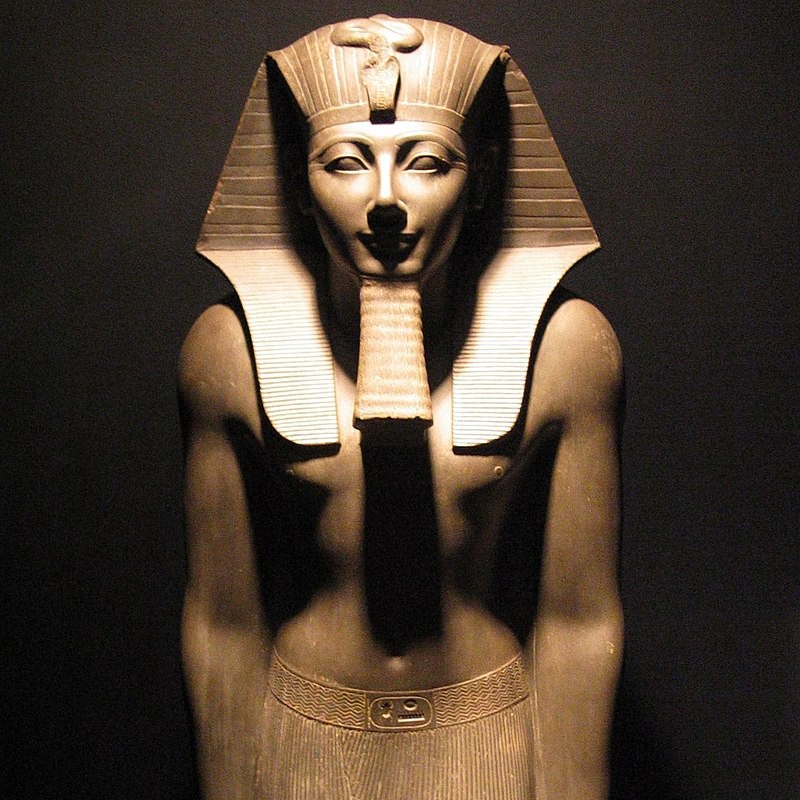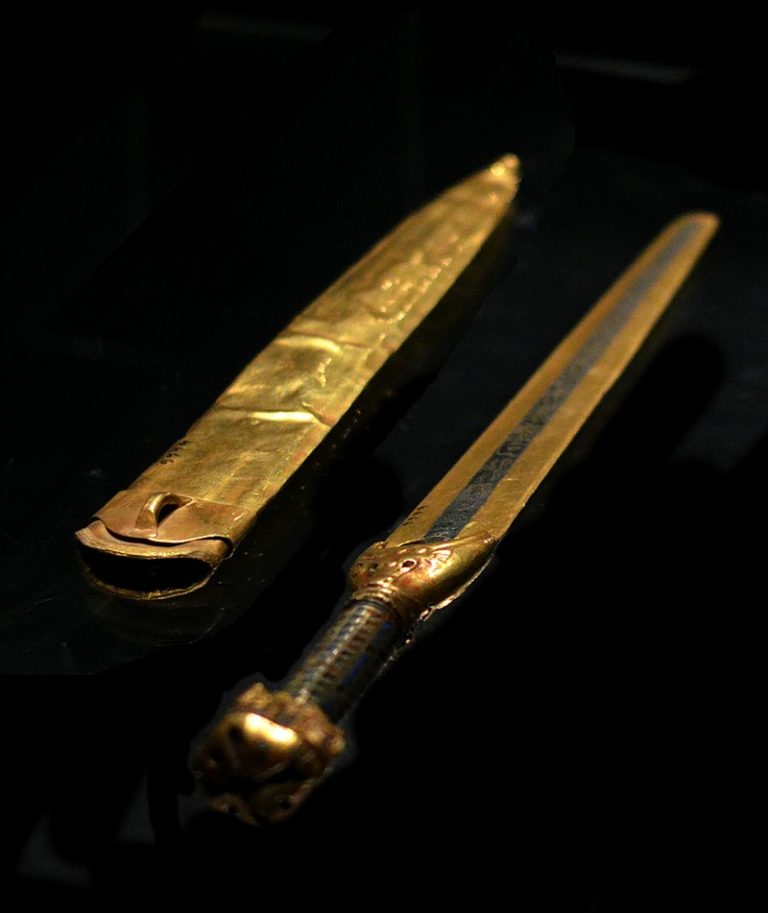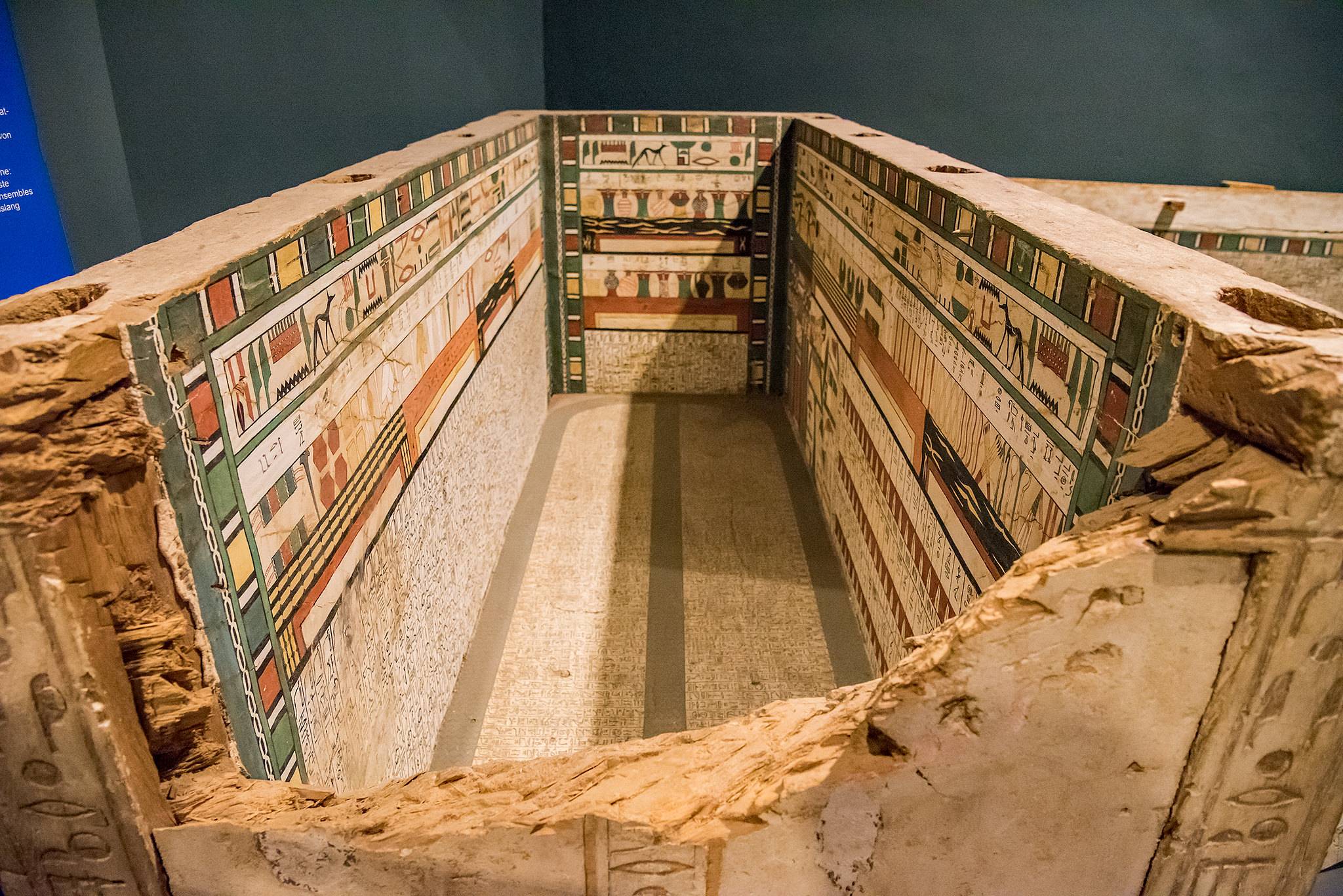Luxor Museum
All You Need to Know
When people think about traveling to Egypt, they often picture the pyramids at Giza, the golden mask of Tutankhamun, or the large halls of the Egyptian Museum in Cairo, as well as the Grand Egyptian Museum. However, along the Nile Corniche in Luxor is a cultural gem that offers a different experience: the Luxor Museum. This museum is not very big, but it is filled with carefully selected items that draw you in. Each artifact shares a story, and every gallery feels well thought out. If you want to explore Egypt’s rich history in a more personal way, this museum is a must-visit.

A Brief History of Luxor Museum
The Luxor Museum opened in 1975, designed by Egyptian architect Mahmoud El-Hakim during the Presidency of Anwar Sadat. Its main goal is to display the amazing finds from Thebes, now known as Luxor, in a modern and easy-to-navigate space.
Unlike the large collection in Cairo, the Luxor Museum focuses on quality. It gained more importance after 1989 when archaeologists discovered a treasure of statues beneath Luxor Temple. This included more than 20 masterpieces of pharaohs, gods, and sacred animals. Later, the Royal Mummies Hall was added, allowing visitors to see the mummies of Ahmose I and Ramesses I, two important rulers in Egypt’s history.
Today, the Luxor Museum is known as one of Egypt’s best cultural sites. It is praised for its mix of research and visitor-friendly experiences.
Luxor Tours & Activities
Looking to save some costs on your travel? Why not join a shared group tour to explore Luxor, Egypt? Here are some activities you might be interested in:
The Location of Luxor Museum
Architectural Design and Atmosphere
The museum’s design adds to its appeal. It is built in a modern style, with clean lines, open spaces, and controlled lighting. Instead of displaying many objects in rows, the museum shows each piece individually. Spotlights and simple displays highlight the details.
This creates a calm atmosphere that feels almost sacred. As you walk through the galleries, you will notice the quiet, reflective mood, which is a sharp contrast to the busy streets outside. Unlike the Egyptian Museum in Cairo, which can feel chaotic, the Luxor Museum offers a peaceful and organized space where you can experience history at your own pace.

Must‑See Highlights Inside Luxor Museum
While every artifact here has significance, several stand out as unmissable.
1. The Cachette of Luxor Temple
In 1989, archaeologists discovered the Luxor Temple Cachette, which contained over 20 statues buried beneath the temple floor. These statues, made of granite, alabaster, and sandstone, depict pharaohs, gods, and sacred animals. Among the most impressive are the statues of Amenhotep III and the goddess Hathor, whose polished surfaces still show their power hundreds of years later.
2. Akhenaten’s Talatat Reliefs
The museum has a collection of Talatat blocks from the reign of Akhenaten, known as the “heretic king” because he promoted the worship of the Aten. These reliefs stand out for their Amarna art style, which moved away from traditional styles. They show pharaohs and their families in a more personal and lively way. Scenes of Akhenaten, Nefertiti, and their daughters give us a rare look into the private life of Egypt’s most controversial ruler.
3. The Royal Mummies Hall
One of the museum’s most compelling exhibits is the Royal Mummies Hall. It displays the remains of Ahmose I, who started the 18th Dynasty, and Ramesses I, its first ruler. These mummies are kept in climate-controlled cases. They are shown alongside weapons and artifacts that highlight their military achievements. Standing before them serves as a powerful reminder of Egypt’s strength and dynastic history.
4. Treasures from the Valley of the Kings and Karnak
The museum displays artifacts from nearby sites, such as funerary items, jewelry, and ritual objects from the Valley of the Kings and Karnak Temple. These artifacts show the grandeur of royal burials and the daily lives of ancient Egyptians. From delicate amulets to ceremonial weapons, each item adds to the story of Thebes.

Practical Visitor Information
Planning your visit is straightforward, but a few details will help you make the most of it:
Location: East Bank of the Nile, between Luxor Temple and Karnak Temple.
Opening Hours:
- Summer Working Hours: from 09:00 am to 12:00 pm, and from 05:00 pm, Last Entry 07:00 pm.
- Winter Working Hours: from 09:00 am, Last Entry 01:00 pm, and from 05:00 pm, Last Entry 08:00 pm.
- Ramadan Working Hours: from 09:00 am, Last Entry 2:00 pm, and from 05:00 pm, Last Entry 07:00 pm.
Tickets: Adult EGP 400 – Student EGP 200
Getting There: Most visitors arrive by taxi or on foot if staying nearby. Organized tours often include the museum as part of a Luxor itinerary.

Tips for Making the Most of Your Visit
To ensure your time at Luxor Museum is as rewarding as possible, consider these tips:
- Allow 1–2 hours to explore at a comfortable pace.
- Pair your visit with nearby attractions like Luxor Temple or a sunset stroll along the Corniche.
- Hire a guide if you want deeper context—many artifacts are labeled, but expert storytelling brings them to life.
- Check photography rules before snapping pictures; restrictions may apply to protect delicate artifacts.
- Visit in the evening for a quieter, more atmospheric experience.

Why the Luxor Museum is a Must‑Visit in Egypt
Why should you visit the Luxor Museum when Egypt has so many famous sites? The answer is its unique blend of closeness and richness.
Unlike the Egyptian Museum in Cairo, which can feel crowded, Luxor’s collection is manageable and easy to explore. The museum highlights treasures from Luxor’s temples and tombs. Its modern design and lighting make it one of the most welcoming museums in Egypt.
Luxor Museum adds to your experience without competing with larger museums. It offers a different view of Egypt’s history. If you want to go beyond the usual tourist sights and connect with Egypt’s cultural heritage, don’t miss the Luxor Museum.

Step Into Egypt’s Living History
The Luxor Museum is not just a place to see artifacts; it connects you with Egypt’s rich history. Each statue, relief, and mummy tells a story, and together they show the power, art, and strength of ancient Egypt. It’s a perfect spot for travelers to take a break, think, and connect with history in a personal way.
Whether you are visiting Egypt for the first time or have seen its monuments before, make sure to include this cultural treasure in your plans. In the quiet halls of Luxor Museum, you’ll discover not only relics from the past but also the ongoing influence of a great civilization.
Got a Question?
F.A.Qs
Absolutely. It’s one of the best‑curated museums in Egypt, offering a focused, high‑quality experience.
Most visitors spend 1–2 hours, though history enthusiasts may linger longer.
Highlights include the Cachette statues, Akhenaten’s Talatat reliefs, and the mummies of Ahmose I and Ramesses I.
Did you know that
By purchasing through our links, you support us at no additional cost.
Thank you for your support. ♥️
